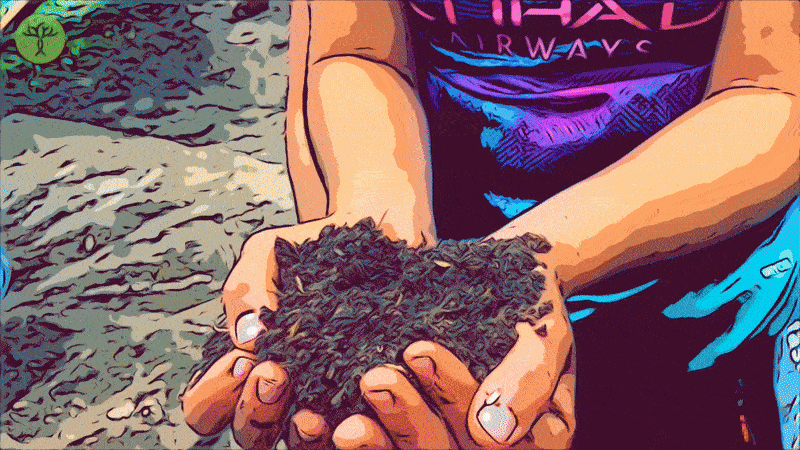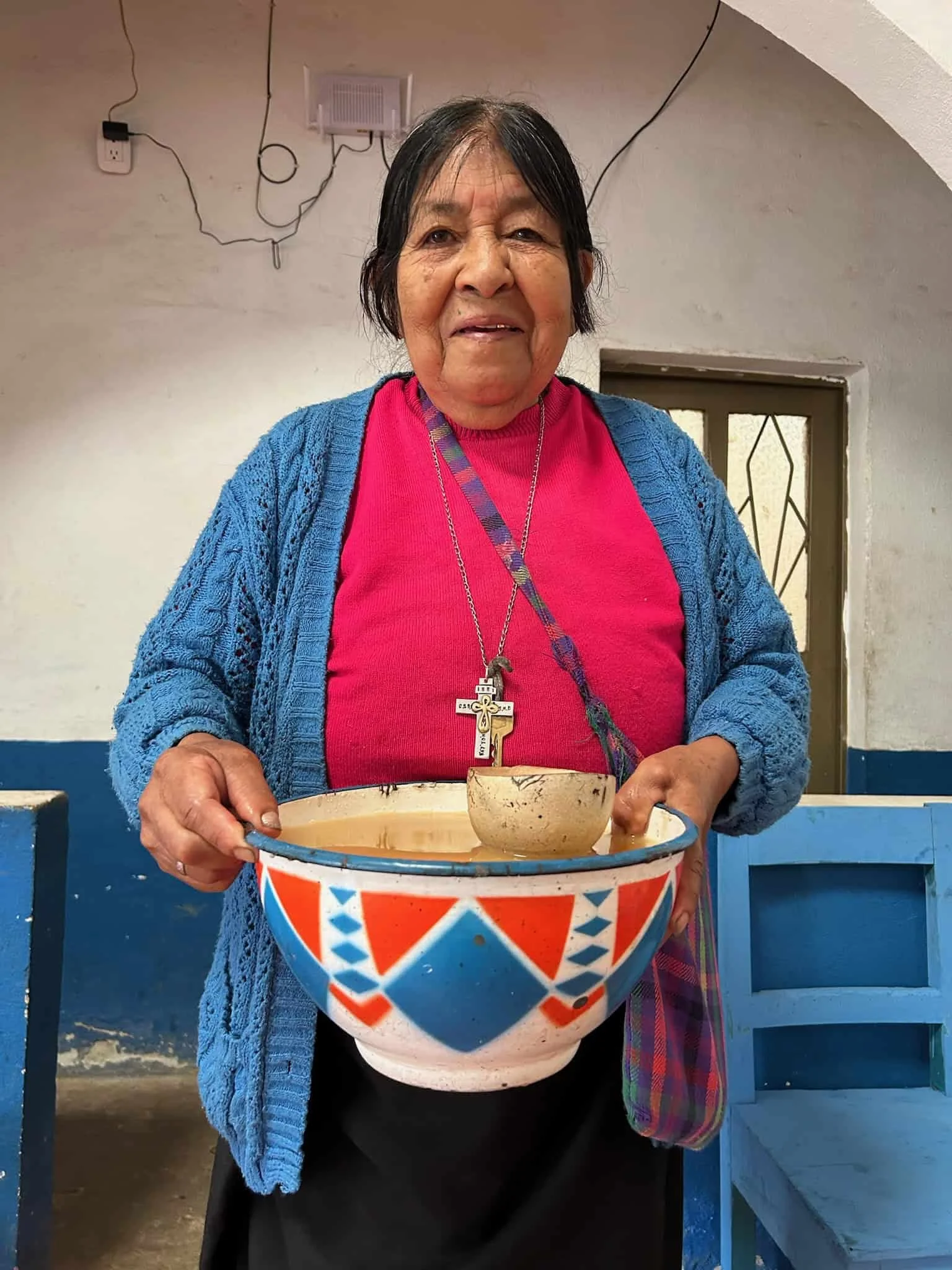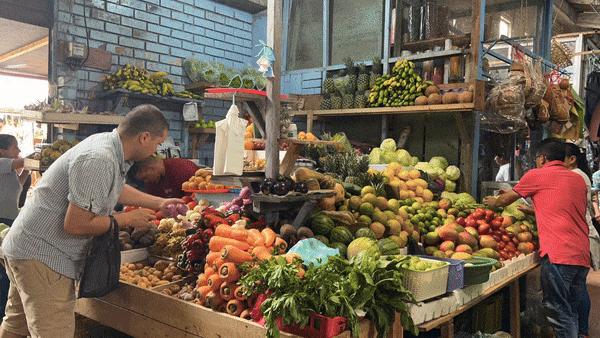
Plant trees
© 2024 Douglas Gayeton for Lexicon of Impacts. All rights reserved
Yes, we plant trees.
Okay so we plant #SexyTrees. (And yes, we’re very specific about what makes a tree sexy, protocol on its way soon.) Aside from all the joking, we realized early on, that a lot of the tree-planting services really weren’t getting the ecological job done. So we’ve spent years in the co-design phase of exactly how we cultivate, plant, care for, negotiate with landowners for, economically reward, harvest benefits from, and maintain trees we’ve planted. Please do, read a bunch more below.
This stuff is really rewarding.
Three tree programs
Reforestation
-
Reforestation adds forest. In the vast majority of our sites, our reforestation plots are designed in tandem with natural regrowth and include a food-forest protocol to attract birds and monkeys.
-
Carbon has some potential for funding reforestation at scale. But most of the payments come years after the work is done. Because we don’t take lending, or tie forward financing to landowners, we’re thinking the best funding for reforestation might just be #SexyTree credits!
Agroforestry
-
Agroforestry improves crops by adding native, often nitrogen-fixing trees in intercropping systems. These systems improve crop yield, reduce pesticides, and improve biodiversity. They can earn green subsidies but represent a compromise for humans and Nature.
-
We estimate that most good agroforestry systems can earn credits from carbon (trees and biochar), biodiversity, water. As well as forward financing from our #SexyTrees program. Our favorite system is Inga Alley Cropping.
Chagras
-
Chagras are a commonly used term for Indigenous gardens. Frankly these systems are thousands of years old, and a living science. Kind of like a zen garden in Japan. They are far too complex to quantify adequately in Western Science, and our policy is to fight to preserve them as an ecological art form.
-
The #SexyTree credits aren’t ideal for chagras because of the complexity of tree species found in chagras and their symbiosis. We’ve been debating Japanese seed balls as an intercultural currency that could be a good point of trade from the gardens, or a conservation or agrogiodiversity credit. Stay tuned for more!
Designing forests
We’ve been thoughtfully refining our reforestation programs so that each tree we plant represents a holistic system.
Savimbo works hard to make our work “additional”. This means that we don’t just stop deforestation (afforestation), we also add forest (reforestation), increase crop yeild and soil quality on deforested land (agroforestry), and make sure crops are higher value (agrobiodiversity).
If this sounds like a lot of work, it is. Our grassroots communities have strong competencies in these areas, so there is a lot of negotiating, co-design, microeconomics, and sophisticated science to make their work align with funders who are often focused on larger scale plots and less interested in the complexity that communities bring to the table.
But Savimbo thinks complexity, autonomy, and co-design are good. It yields better long-term results. Planting trees properly is tangible. It restores ecosystems, sequesters carbon, enhances biodiversity, gives food security, and cleans up waterways.
We’re incredibly proud of the fact that we’ve done the hard work required to make our #SexyTrees desirable below the canopy, tangible, quantified, and accessible for us and generations to come.
All the nerdy details…
If you’re like us, then you know a tree is more than just a plant in the ground. Its about an entire ecosystem and that trees interaction with it.
So let’s get into the nerdy details about how we reforest, what evidence-based practices we use, and how Indigenous co-design adds value to our reforestation plots in ways that most projects don’t consider.
We use Sacco et al.’s paper Ten golden rules for reforestation to design all our reforestation plots. This includes conservation first, local collaborators, maximizing biodiversity, positive revenue streams and monitoring plans.
We plant no less than 5 native species per plot, and one of the species must be a food or crop tree selected by the farmer for its revenue potential.
Amazonian trees can grow very quickly and live for up to 300 years. The parts of the Amazon we work in often grow to full-standing-height within six years simply by removing cattle. So we design our tree plantations to aid in this regrowth, rather than replacing it. We also continually A/B test our plots to make sure that the trees we are planting have the maximum chances of survivability.
Our farmers are paid for initial planting, and again at 6 months and 1 year based on independent validators who count the trees. We pay local women to collect seeds from native jungle and provide seedlings from their homes where it provides an independent revenue stream while caregiving for young children.
We educate our farmers on the beneficial effect of monkeys and birds to eat fruit and spread seeds. By paying additional money for animal species monitored on reforested plots we encourage biodiversity and re-establish beneficial life cycles.
PROGRAMS THAT STACK ON TREES














